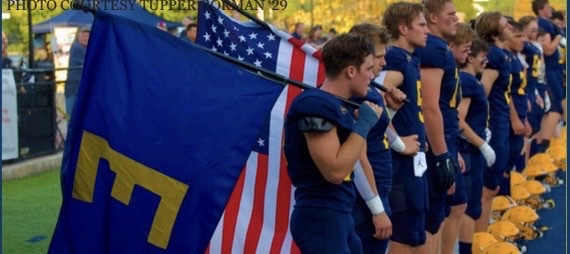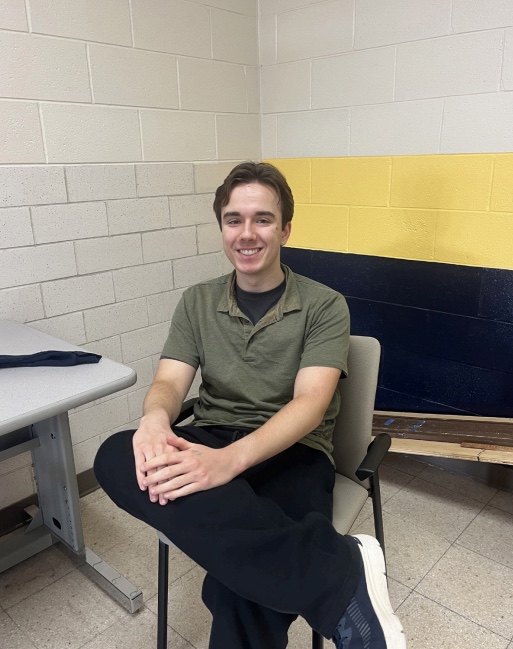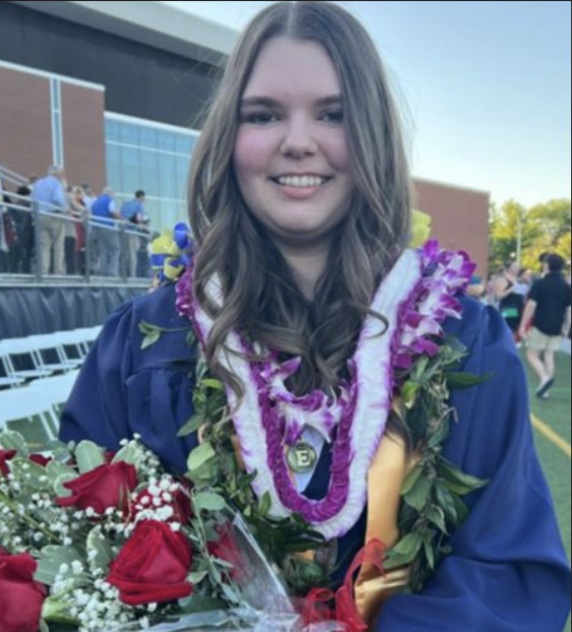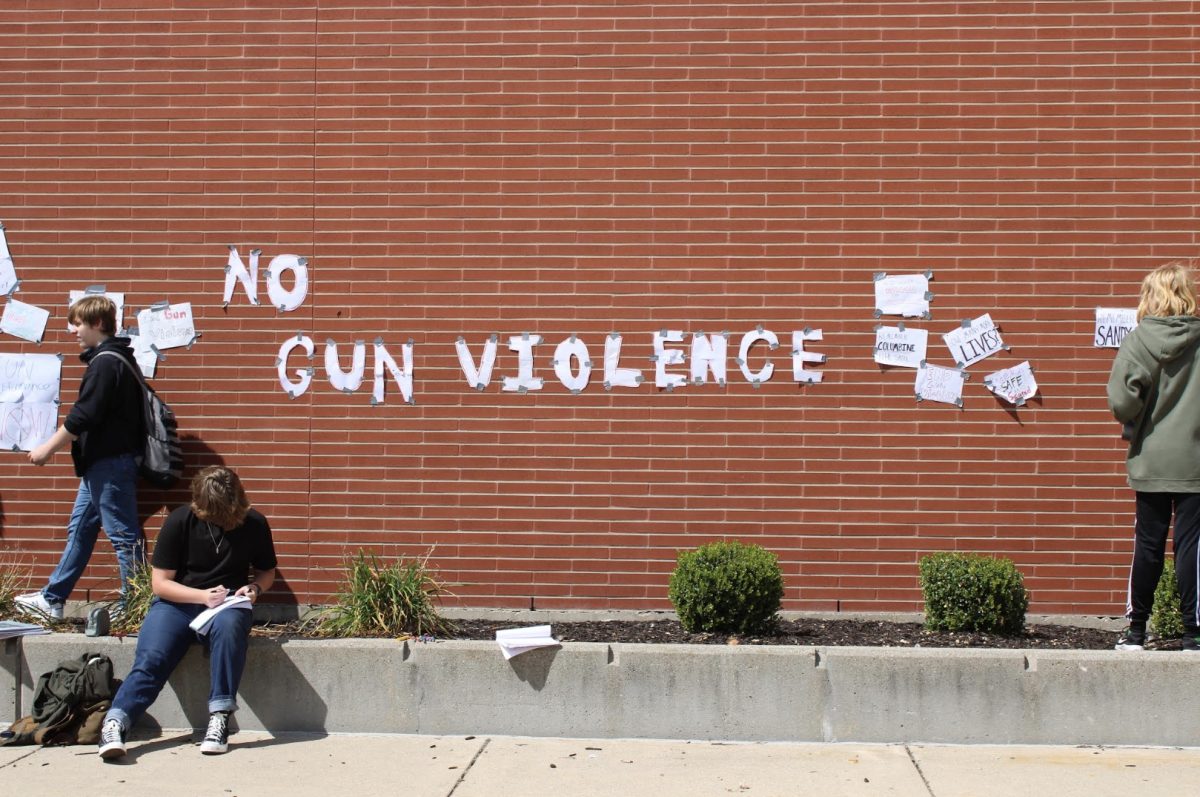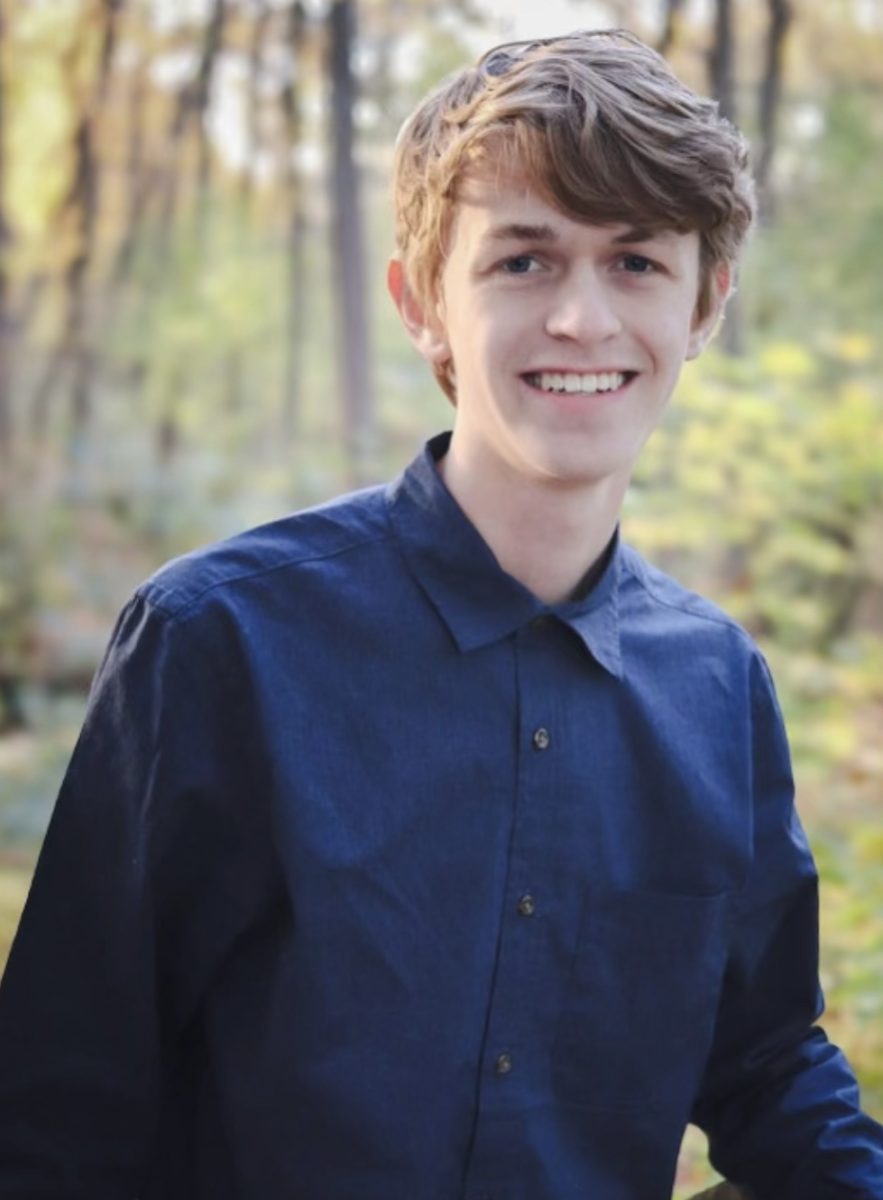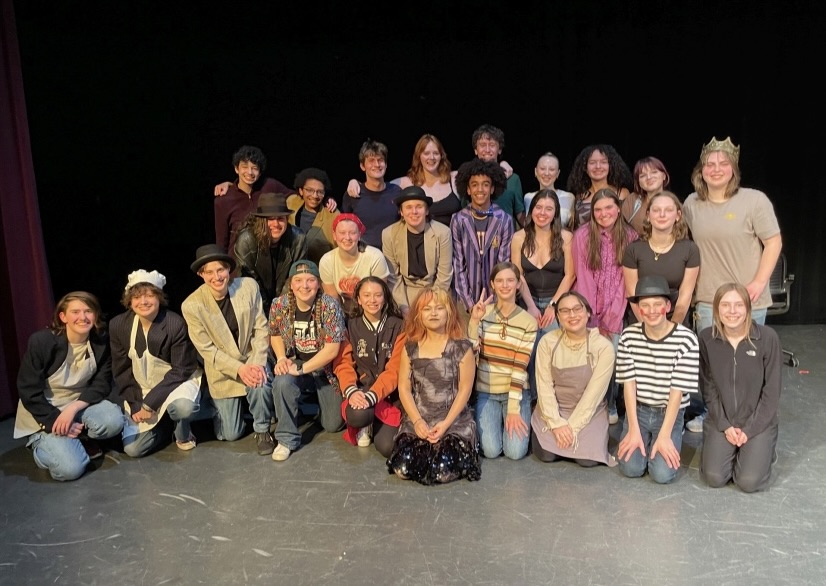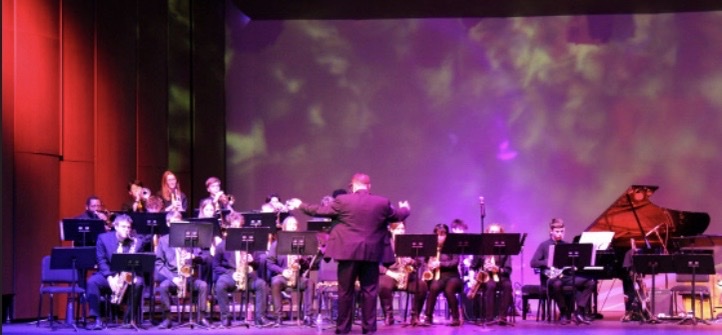As Americans across the country rang in 2025 on New Years Eve, a shocking attack in the French Quarter of New Orleans shook not only the New Orleans community, but the entire nation to its core,
The attack unfolded early Thursday morning in the heart of New Orleans. After posting a series of videos professing allegiance to the terrorist organization Islamic State, Shamsud-Din Jabbar, a 42 year old Texas native and U.S. army veteran, drove a truck through Bourbon Street, a popular destination for festivities, killing 14 and injuring 57.
After barreling through the crowd over a three-block stretch, Jabbar allegedly got out of the truck wielding an assault rifle and opened fire on police officers, officials said. Officers returned fire, killing him, police said. Two police officers were injured, authorities said.
In addition, weapons and an improvised explosive device (IED) were located in the vehicle, while other IEDs were also located in other parts of the French Quarter. Surveillance footage showed Jabbar placing two improvised explosive devices in coolers in the Bourbon Street area. Those were the only devices recovered and both were rendered safe by the FBI.
Jabbar is believed to have acted alone, authorities proclaimed, calling the attack a premeditated “act of terrorism.”
The attack has drawn national attention, as communities mourn the victims and the FBI continues an investigation into Jabbar and his connections and motivations.
“This senseless act of violence is something we will not tolerate in our community,” said New Orleans Mayor LaToya Cantrell during a press briefing.
Meanwhile, in Las Vegas, an incident involving a Tesla Cybertruck further shocked the country the same morning of the New Orleans attack. The Cybertruck detonated outside a Trump International Hotel in Las Vegas, killing driver Matthew Alan Livelsberger, 37, of Colorado, and injuring seven others.
Writings found on Livelsberger’s phone helped authorities to determine the motivation behind the attack and whether it was connected to the attack on Bourbon street. In one letter, Livelsberger said the incident was intended not as a “terrorist attack” but rather “a wake-up call,” according to police. He wrote in the letter recovered by investigators that “Americans only pay attention to spectacles and violence” and “fireworks and explosives” were best to get his point across.
Livelsberger was also found to have used AI to help plan the suicide, asking questions pertaining to how he could put together an explosive, how fast a round would need to be fired for the explosives found in the truck to go off — not just catch fire — and what laws he would need to get around to get the materials, law enforcement officials said.
Though the events in New Orleans and Las Vegas were deemed unconnected by the FBI, both incidents have raised concerns about public safety in major U.S. cities, as law enforcement agencies continue to search for answers.


